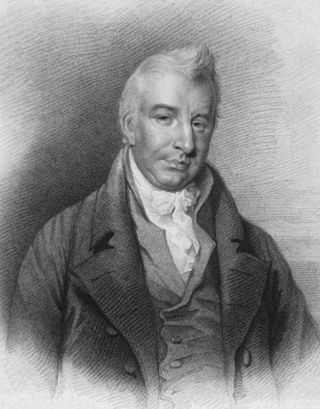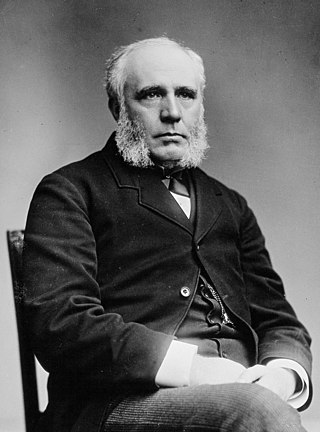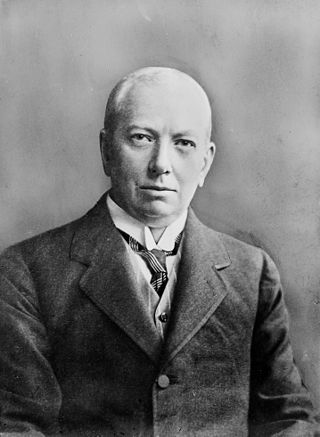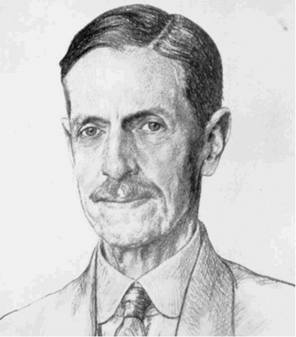Related Research Articles

Manchester Royal Infirmary (MRI) is a large NHS teaching hospital in Chorlton-on-Medlock, Manchester, England. Founded by Charles White in 1752 as part of the voluntary hospital movement of the 18th century, it is now a major regional and national medical centre. It is the largest hospital within Manchester University NHS Foundation Trust, and based on its Oxford Road Campus in South Manchester where it shares a site with the Royal Manchester Children's Hospital, Manchester Royal Eye Hospital and Saint Mary's Hospital as well as several other educational and research facilities. The Hospital is also a key site for medical educational within Manchester, serving as a main teaching hospital for School of Medical Sciences, University of Manchester.

The School of Medical Sciences at the University of Manchester is one of the largest in the United Kingdom with around 6,000 undergraduates, 3,000 postgraduates and 2,000 staff. It is the third oldest medical school in England and the largest medical school in the United Kingdom. The Faculty is a member of the Manchester Academic Health Science Centre and has four affiliated teaching hospitals at Manchester Royal Infirmary, Wythenshawe Hospital, Salford Royal Hospital and the Royal Preston Hospital.

Julius Dreschfeld FRCP was a leading British physician and pathologist.

John Ferriar was a Scottish physician and a poet, most noted for his leadership of the Manchester Infirmary, and his studies of the causes of diseases such as typhoid.
Graham Steell was a Scottish physician and cardiologist remembered for describing the Graham Steell murmur.

Sir Thomas Grainger Stewart was an eminent Scottish physician who served as president of the Royal College of Physicians of Edinburgh (1889–1891), president of the Medico-Chirurgical Society of Edinburgh, president of the medicine section of the British Medical Association, and Physician-in-Ordinary to the Queen for Scotland. He was perhaps best known for describing the condition known as multiple neuritis as well as directing scientific attention in Great Britain to the deep reflexes.

Henry Dewar of Lassodie MD FRSE (1771–1823), originally Henry Frazer or Fraser, was a Scottish minister turned physician, known as a writer.

Sir Thomas McCall Anderson was a physician and a professor of practice of medicine, at the University of Glasgow.
The Manchester Royal School of Medicine has its origins in a medical teaching establishment opened on Pine Street, Manchester, England, by Thomas Turner. Established in 1824, the school added the word Royal in 1836 and in 1872 it was taken over by Owens College, which later became a part of the Victoria University of Manchester.

Joseph Jordan, FRCS, was an English surgeon known primarily for his involvement in developing medical education outside its then traditional base of London. He established a medical school in Manchester and was an honorary surgeon of the Manchester Royal Infirmary, as well as a Fellow of the Royal College of Surgeons of England.

James Finlayson was a Scottish surgeon, physician, and prolific writer on medical and historical topics.

Walter Whitehead, FRCSE, FRSE, was a surgeon at various hospitals in Manchester, England, and held the chair of Clinical Surgery at the Victoria University of Manchester. He was president of the British Medical Association in 1902. He once claimed that knowledge of anatomy was an impediment to being a good surgeon but was himself a bold, innovative practitioner of international repute. His procedure for excision of the tongue using scissors and his formulation of a related ointment became a standard treatment, as did a procedure he developed for the treatment of haemorrhoids.

Sir Byrom BramwellFRSEFRCPE was a British physician and medical author. He was a general physician, but became known for his work in neurology, diseases of the heart and blood, and disorders of the endocrine organs. He was president of the Royal College of Physicians of Edinburgh.

George Alexander Gibson FRSE FRCPE was a Scottish physician, medical author, and amateur geologist. As an author, he wrote on the diverse fields of both geology and heart disease. The Gibson Memorial Lecture is named after him. He was the first to discover a heart condition – the Gibson Murmur – which is named after him.

Sir Derrick Melville Dunlop was a Scottish physician and pharmacologist in British medical administration and policy-making in the late 20th century. Sir Derrick established the Dunlop Committee which investigates the side-effects of new drugs in the UK.

Ernest Septimus Reynolds FRCP was emeritus professor of clinical medicine at the University of Manchester. In 1900 he wrote "An Epidemic of Peripheral Neuritis Amongst Beer Drinkers in Manchester and District" for the British Medical Journal, the first of a series of papers which caused a national sensation when they revealed the presence of dangerous levels of arsenic in local beer.

Archibald Donald was consulting gynaecological surgeon at Manchester Royal Infirmary and professor of obstetrics and gynaecology at the Victoria University of Manchester. Donald was notable for routinely sterilising catgut sutures and for a surgical repair technique for Uterine prolapse that later became known as the Fothergills Repair and later still became known as the Manchester operation

Sir William Fletcher Shaw was an English obstetrics physician and gynaecologist who was most notable along with William Blair-Bell for creating the British College of Obstetricians and Gynaecologists (BCOG). He was Emeritus Professor of Obstetrics and Gynaecology at the University of Manchester.

William Edward Fothergill was professor of clinical obstetrics and gynaecology at the University of Manchester.
Arthur Foxwell was an English physician.
References
- 1 2 Brockbank, William. (1965). The Honorary Medical Staff of the Manchester Royal Infirmary, 1830-1948. Manchester: Manchester University Press. pp. 136–137.
- 1 2 3 4 5 Munk's Roll: Volume V: Edward Mansfield Brockbank. Royal College of Physicians. Retrieved 13 February 2018.
- ↑ Brockbank Cricket Collection; John Rylands Research Institute and Library